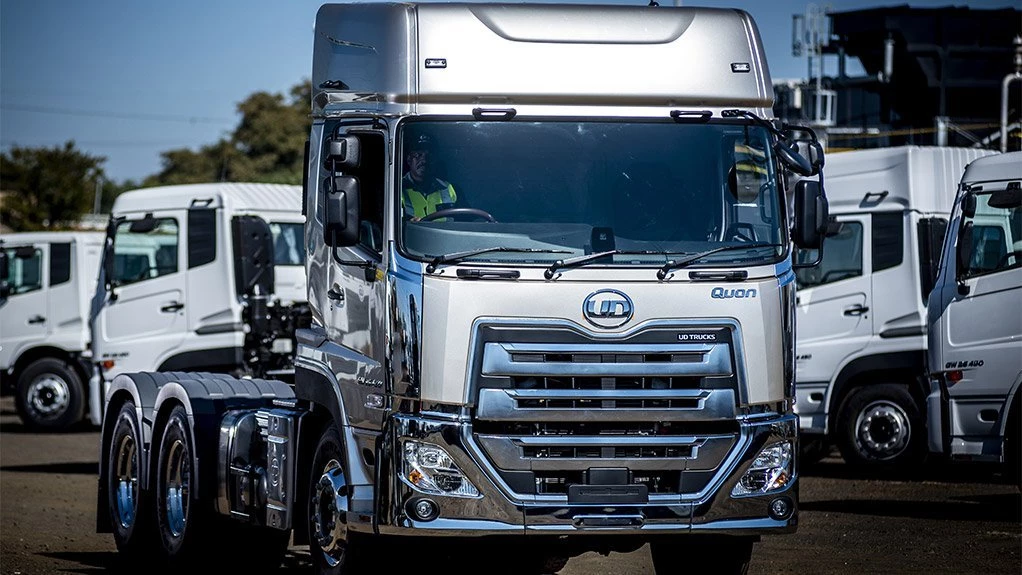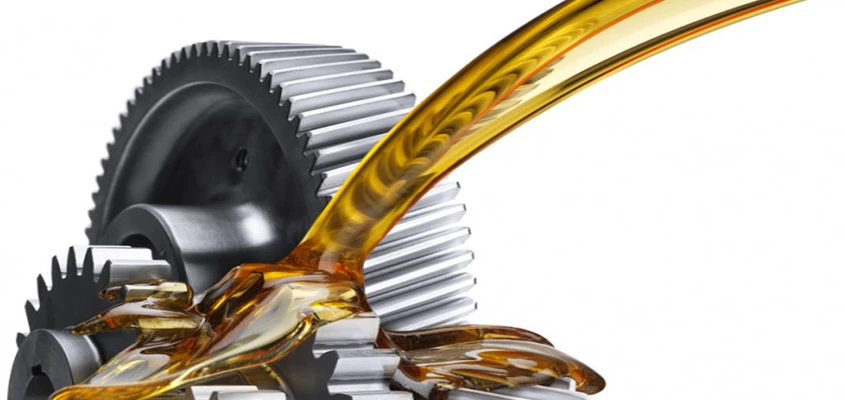Many operators are under the impression they can have a standardised Preventative Maintenance programme across their entire fleet, rather than vehicle by vehicle. To keep things simple, they rely on one oil grade for both older and newer engines, and they service every vehicle on the same, conservative schedule – often changing oils at more frequent intervals than manufacturers recommend. Further, because they are changing oil so often, they believe they can afford to forego routine oil analysis.
There are a couple of flaws in this logic. For one thing, maintenance managers following this conservative approach are not making optimal use of their oil, and are spending more than they really need to on oil and service year after year. Factor in downtime for service across a large or mid-sized fleet, and the costs of unnecessary maintenance start to add up quickly.
Two, routine oil analysis isn’t just about the condition of in-service oil. It’s a proven, effective way to uncover a host of issues that can impair engine durability and performance, whether that’s dirt contamination, coolant leakage, fuel dilution or a number of other potential problems. By foregoing routine oil analysis, you are losing that insight – and therefore increasing the risk that an undetected problem might eventually lead to equipment failure.
Of course, routine oil analysis will also give you indicators of how much longer the oil is likely to hold up. This enables you to establish practical maintenance schedules that take into account the varying requirements of vehicles within your fleet.
Best practices call for a comprehensive preventive maintenance plan in which you track each vehicle individually and use the OEM-recommended grade of oil for that vehicle and its operating conditions. Knowing the OEM guidelines for oil drain intervals, you can use routine oil analysis to identify potential problems and make an informed judgment about how much to safely extend drain intervals. Yes, routine oil analysis requires some extra effort, but it’s a relatively small investment that may pay big dividends in the form of lower annual maintenance costs and more productive time on the road. Why not reduce your risks in order to reap a big reward?
- This article by James Booth is published by permission granted by Chevron.











